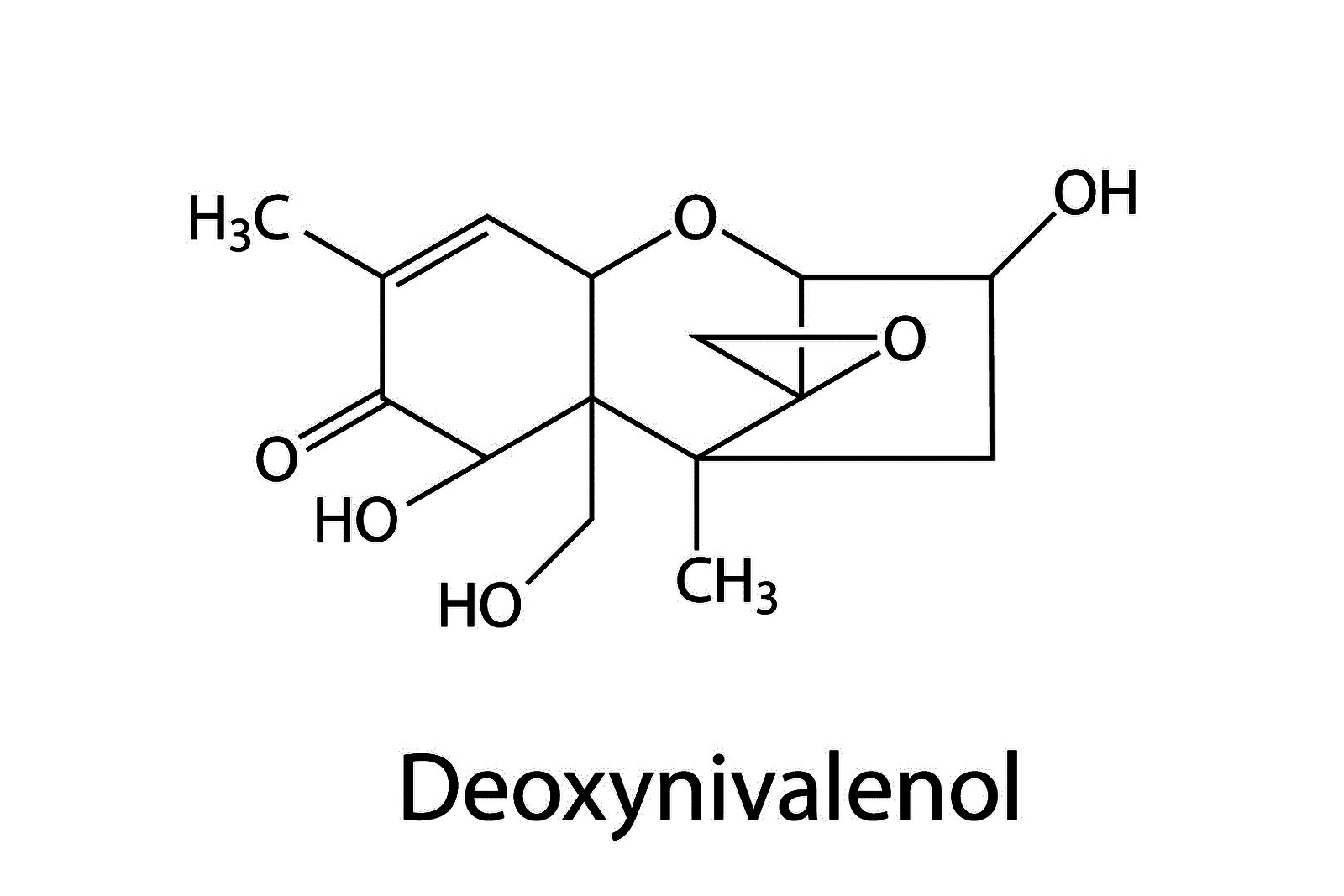Cow urine as possible biomarker for mycotoxins

Frequently occurring mycotoxins in central Europe and Germany are zearalenone (ZEA) and deoxynivalenol (DON). Can the mycotoxin level found in the urine from cows serve as a biomarker to detect these 2 mycotoxins? German researchers tried to find out.
The study, published in the World Mycotoxin Journal, was set up as a feeding trial with 30 dairy cows which were fed rations with three different concentrations of ZEA and DON contaminated maize. The quest was to examine the ZEA and DON concentration in urine. Why urine? The researchers explain in their paper that the urinary route represents the major excretion pathway. Detecting mycotoxins in urine is therefore a logical step. Moreover, taking a urine sample is easier than taking a bile or blood sample (bile and blood could also be used to estimate the exposure of mycotoxins). A relationships between urinary toxin levels and DON and ZEA intake by the animal is helpful in using the mycotoxin levels in urine as biomarkers.
Level of toxin intake seen back in urine
For urine analysis, a reliable, cost-efficient and sensitive method (a LC-MS/MS analysis) for simultaneous determination of ZEA, DON and their metabolites was developed. It was found that ZEA, α-zearalenol, β-zearalenol, DON and de-epoxydeoxynivalenol (DOM) could be detected in the urine samples of the feeding trial. Thereby, DON was almost completely metabolised to DOM (83-98%) independent of the DON exposure. Moreover, conjugated toxins were the major urinary metabolites based on results of the analysis with β-glucuronidase treated and untreated samples. Furthermore, relationships between toxin intake and urinary toxin concentration could be established.
Read also: Mycotoxin risk and control in a dairy herd
Conclusion
ZEA, α-ZOL, β-ZOL, DON and DOM could be detected in nearly all samples of the Fusarium contaminated groups and their concentrations were significantly different to the control group. DON was almost completely metabolised to DOM (on average 94%). In conclusion, increased urine toxin concentrations may hint on toxin exposure through the diets and thus the mycotoxins ZEA and DON and their detected metabolites could be used as biomarkers of exposure. The researchers address that for future investigations, analysis of faeces or bile of these dairy cows is required to obtain further excretion pathways. Moreover, further statistically relevant studies are necessary to assess the toxin exposure from Fusarium contaminated diets and to extend the current data base of toxin residues in urine and other matrices.











